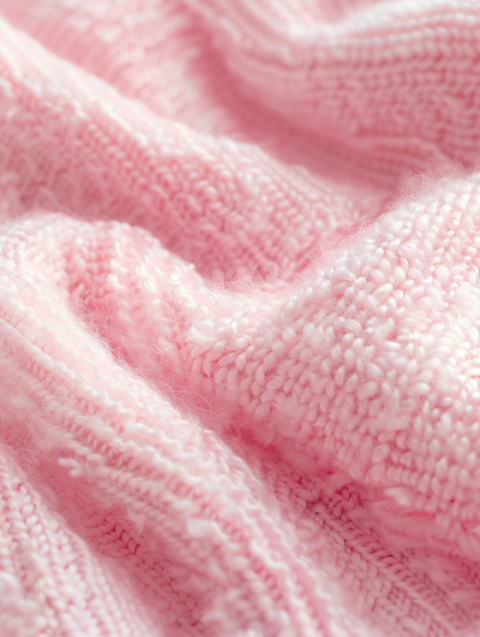


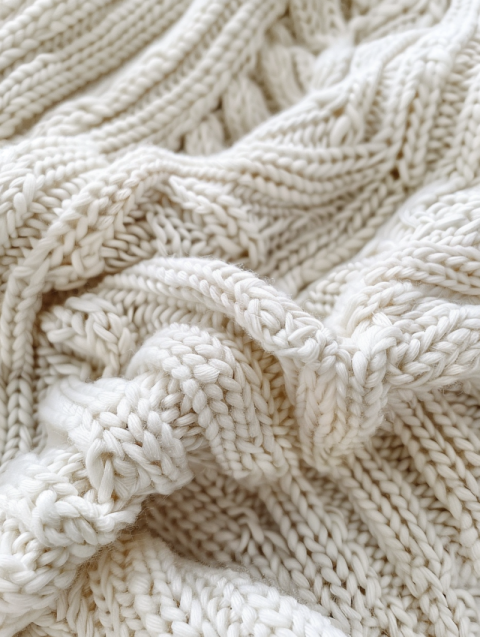


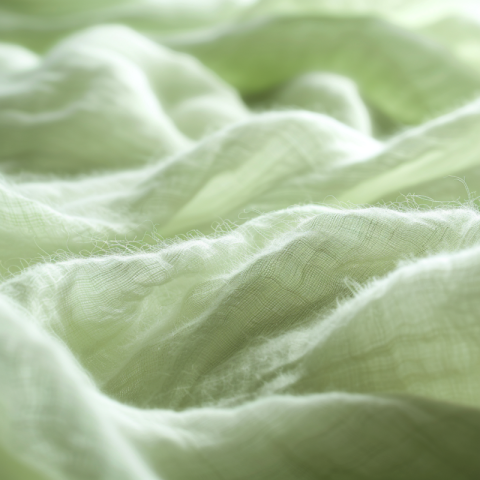
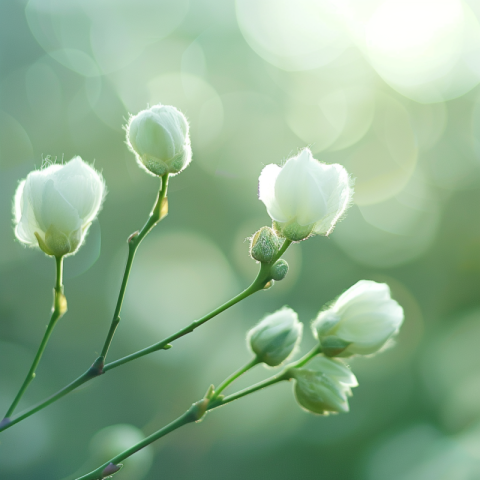

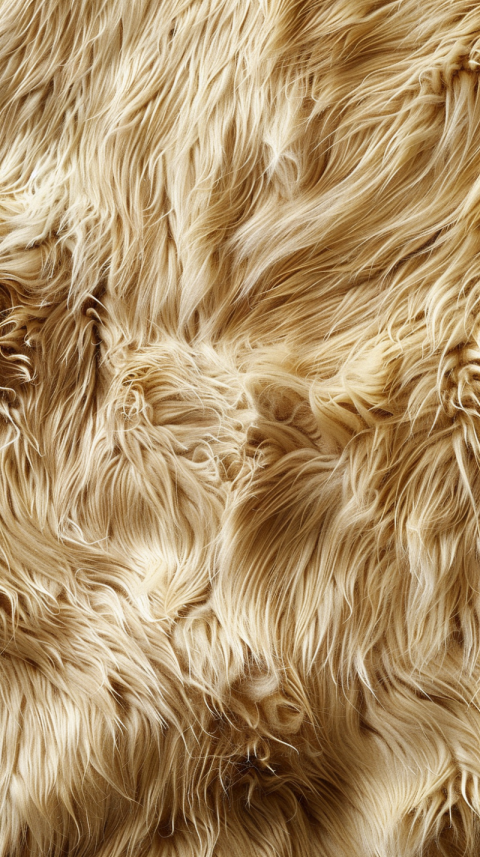


The Soft, Versatile Fiber that Revolutionized Textiles - A Global Commodity
Cotton, a soft, fluffy, natural fiber that grows in a protective case around the seeds of the cotton plant, is one of the world's most important and widely used raw materials. Its softness, breathability, absorbency, and versatility have made it a staple in the textile industry for centuries, used to produce a vast array of fabrics, clothing, and other products. From the fields where it's grown to the clothes we wear, cotton has a significant impact on the global economy, the environment, and our everyday lives.
1. The History of Cotton: From Ancient Civilizations to Global Industry
The cultivation and use of cotton date back thousands of years:
- Evidence suggests that cotton was first domesticated independently in several parts of the world, including the Indus Valley Civilization (present-day Pakistan and India), the Americas (Mexico and Peru), and Africa.
- The Indus Valley Civilization had a well-developed cotton textile industry as early as 3000 BCE.
- Cotton was also a prized commodity in ancient Egypt, where it was used for clothing and other textiles.
- The spread of cotton cultivation and processing techniques was facilitated by trade routes, such as the Silk Road.
- The invention of the cotton gin by Eli Whitney in 1793 revolutionized cotton production in the United States, making it a major cash crop and fueling the growth of the textile industry.
- The Industrial Revolution further accelerated the demand for cotton, as new machines for spinning and weaving increased efficiency and output.
2. Cotton Cultivation: From Seed to Fiber
Cotton is a warm-season crop that requires a long growing season and plenty of sunshine:
- Major cotton-producing countries include India, China, the United States, Brazil, and Pakistan.
- Cotton is typically planted in the spring and harvested in the fall.
- Cotton plants produce flowers that develop into cotton bolls, which contain the seeds and the fluffy cotton fibers.
- Cotton is harvested either by hand or by machine. Cotton picking machines, such as spindle pickers and stripper harvesters, are commonly used in large-scale cotton farming.
- After harvesting, cotton is sent to a gin to separate the fibers from the seeds.
3. Types of Cotton: Variations in Fiber Length and Quality
There are four main commercially grown species of cotton, each with different characteristics:
- Gossypium hirsutum: Known as Upland cotton or American cotton. This is the most widely grown species of cotton globally. It produces fibers that are medium to long in length and are used in a wide range of products.
- Gossypium barbadense: Known as extra-long staple (ELS) cotton. This includes Pima and Egyptian cotton. It produces long, silky fibers that are prized for their softness and strength. Used in high-end fabrics and luxury goods.
- Gossypium arboreum: Known as tree cotton. Native to India and Pakistan. It produces short, coarse fibers.
- Gossypium herbaceum: Known as Levant cotton. Native to sub-Saharan Africa and the Arabian peninsula. It also produces short, coarse fibers.
4. Cotton Fiber Properties: What Makes Cotton So Popular
Cotton fibers possess several desirable properties that make them ideal for textiles:
- Softness: Cotton fibers are naturally soft and comfortable against the skin.
- Absorbency: Cotton is highly absorbent, making it suitable for towels, clothing, and other products that need to absorb moisture.
- Breathability: Cotton fabrics allow air to circulate, making them comfortable to wear in warm weather.
- Durability: Cotton fibers are relatively strong and durable, although they can be susceptible to abrasion and wear over time.
- Dyeability: Cotton fibers readily accept dyes, allowing for a wide range of colors and patterns.
5. Cotton Processing: From Fiber to Fabric
After being ginned to remove the seeds, raw cotton fibers undergo several processing steps:
- Bale Opening and Cleaning: The compressed cotton fibers are loosened, blended, and cleaned to remove any remaining impurities.
- Carding: The fibers are further cleaned and aligned into a continuous web called a sliver.
- Drawing: Several slivers are combined and stretched to improve uniformity.
- Combing: This is an optional step for finer yarns where shorter fibers are removed, leaving only longer, more parallel fibers.
- Roving: The sliver is further drawn out and slightly twisted to form a thinner, weaker strand called a roving.
- Spinning: The roving is twisted and drawn out further to create yarn.
- Weaving or Knitting: The cotton yarn is then woven or knitted into fabric.
- Finishing: The fabric may undergo various finishing processes, such as bleaching, dyeing, printing, and applying chemical treatments to enhance its properties.
6. Uses of Cotton: A Versatile Fiber
Cotton is used in a vast array of products, including:
- Apparel: Cotton is a dominant fiber in the clothing industry, used to make shirts, pants, dresses, underwear, and countless other garments.
- Home Textiles: Sheets, towels, blankets, curtains, and upholstery.
- Medical Supplies: Bandages, gauze, cotton balls, and other medical products.
- Industrial Uses: Cotton is used in a variety of industrial applications, such as filters, conveyor belts, and insulation.
- Other Products: Cottonseed oil is extracted from cotton seeds and used in cooking and other products, while cottonseed meal is used as animal feed.
7. The Cotton Industry: A Global Economic Force
The cotton industry is a major global industry, involving the cultivation, processing, manufacturing, and trade of cotton and cotton products:
- It provides livelihoods for millions of people worldwide, from farmers and ginners to textile workers and retailers.
- The cotton industry is a significant contributor to the economies of many countries.
8. Environmental and Social Concerns: Addressing Sustainability
Cotton production has faced criticism for its environmental and social impacts:
- Water Consumption: Conventional cotton farming often requires large amounts of water for irrigation.
- Pesticide Use: Cotton is a chemically intensive crop, and the use of pesticides can have negative impacts on the environment and human health.
- Labor Practices: There have been concerns about labor practices in some parts of the cotton industry, including low wages and poor working conditions.
- Genetically Modified Cotton: The use of genetically modified (GM) cotton is controversial, with concerns about its potential impact on biodiversity and human health.
9. Sustainable Cotton: Towards a More Responsible Future
Efforts are being made to promote more sustainable and ethical cotton production:
- Organic Cotton: Grown without the use of synthetic pesticides or fertilizers, promoting healthier ecosystems.
- Fair Trade Cotton: Ensures that farmers receive a fair price for their cotton and promotes better working conditions.
- Better Cotton Initiative (BCI): A global non-profit organization that promotes better standards in cotton farming and practices.
- Recycled Cotton: Using pre-consumer or post-consumer cotton waste to create new products.
10. The Future of Cotton
- The cotton industry is working to address the environmental and social challenges associated with cotton production.
- Research is being conducted to develop more drought-tolerant and pest-resistant cotton varieties.
- Technological advancements in textile manufacturing are leading to more efficient and sustainable ways of processing and using cotton.
Conclusion:
Cotton, with its softness, versatility, and long history, is a remarkable natural fiber that has profoundly impacted human civilization. From the clothes we wear to the products we use every day, cotton plays a vital role in our lives. As we move forward, it's crucial to address the environmental and social challenges associated with cotton production and to promote sustainable practices that ensure the long-term viability of this important crop. By embracing innovation and responsible stewardship, we can continue to enjoy the benefits of cotton while safeguarding the planet and supporting the well-being of those who cultivate and process it.
Cotton, cotton fiber, cotton fabric, types of cotton, cotton history, cotton cultivation, cotton farming, cotton gin, cotton processing, cotton uses, cotton clothing, cotton textiles, cotton industry, organic cotton, fair trade cotton, Better Cotton Initiative (BCI), recycled cotton, cotton sustainability, environmental impact of cotton, social impact of cotton, cotton production, cotton boll, cotton seeds, cottonseed oil, cottonseed meal, Pima cotton, Egyptian cotton, Upland cotton, Gossypium hirsutum, Gossypium barbadense, textile industry, apparel industry, cotton blends, cotton vs polyester, cotton farming practices, buy cotton online, cotton fabric by the yard.

